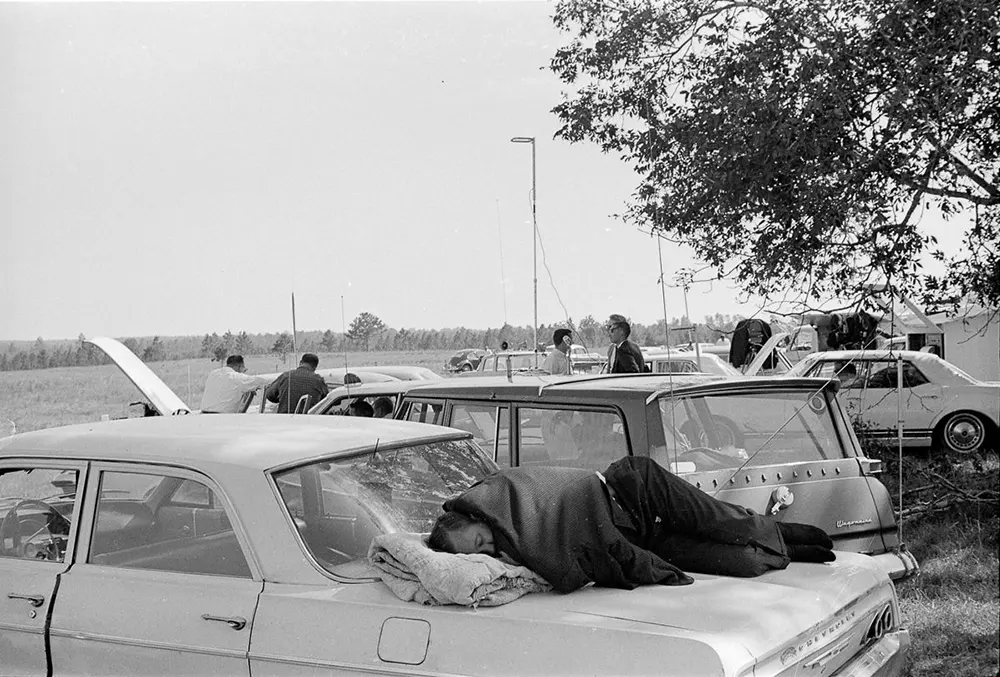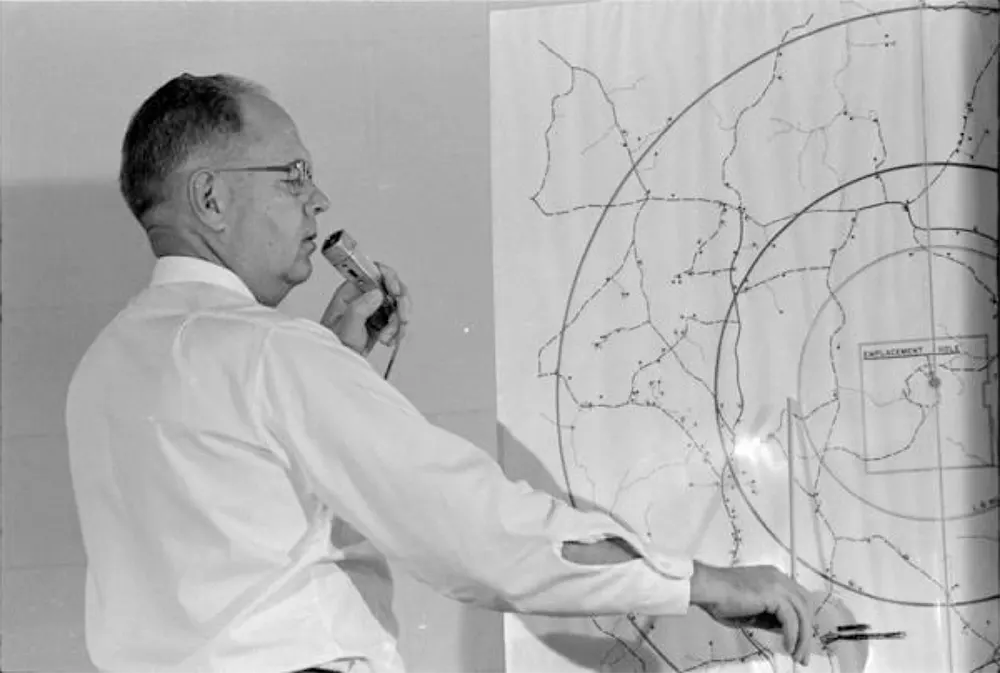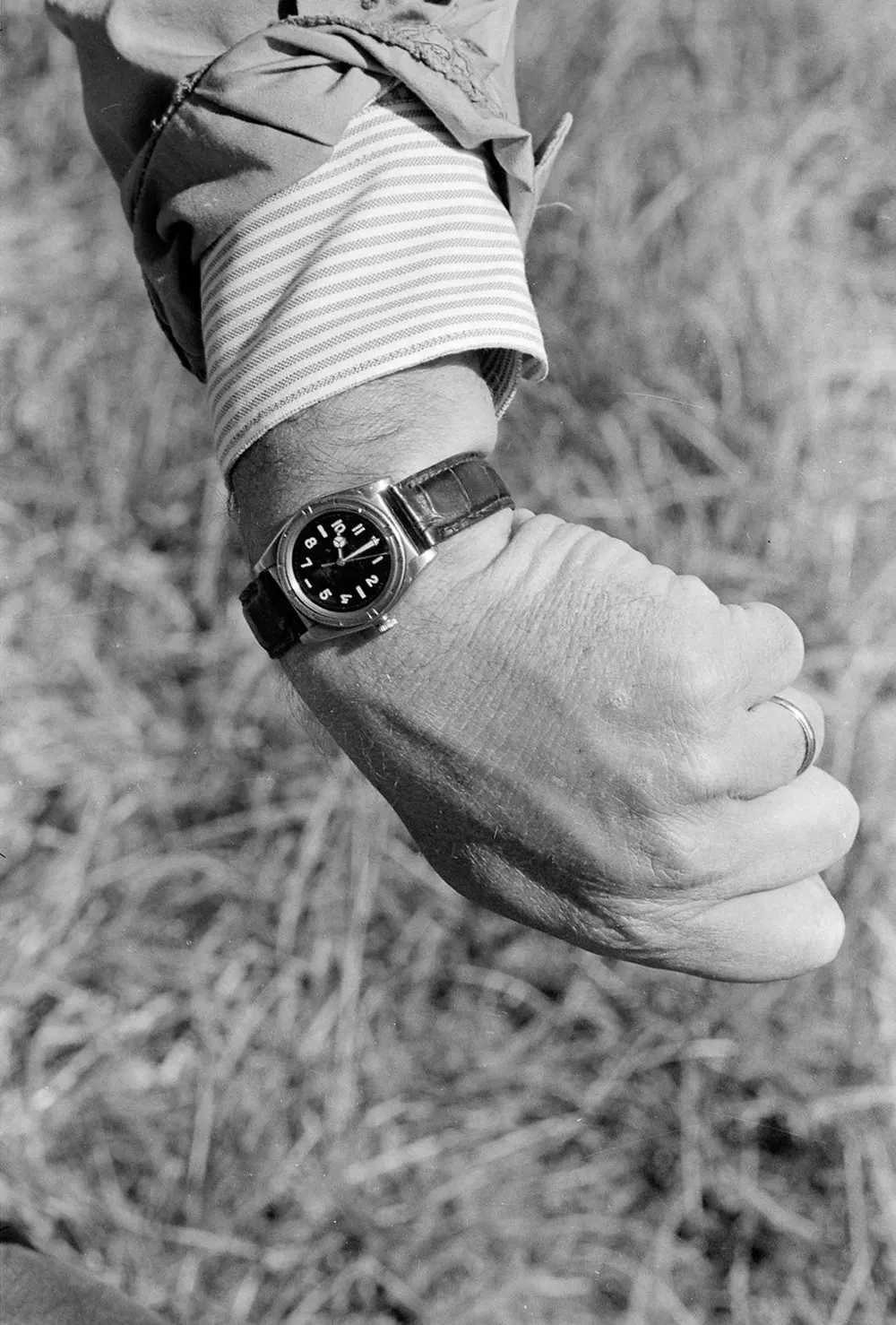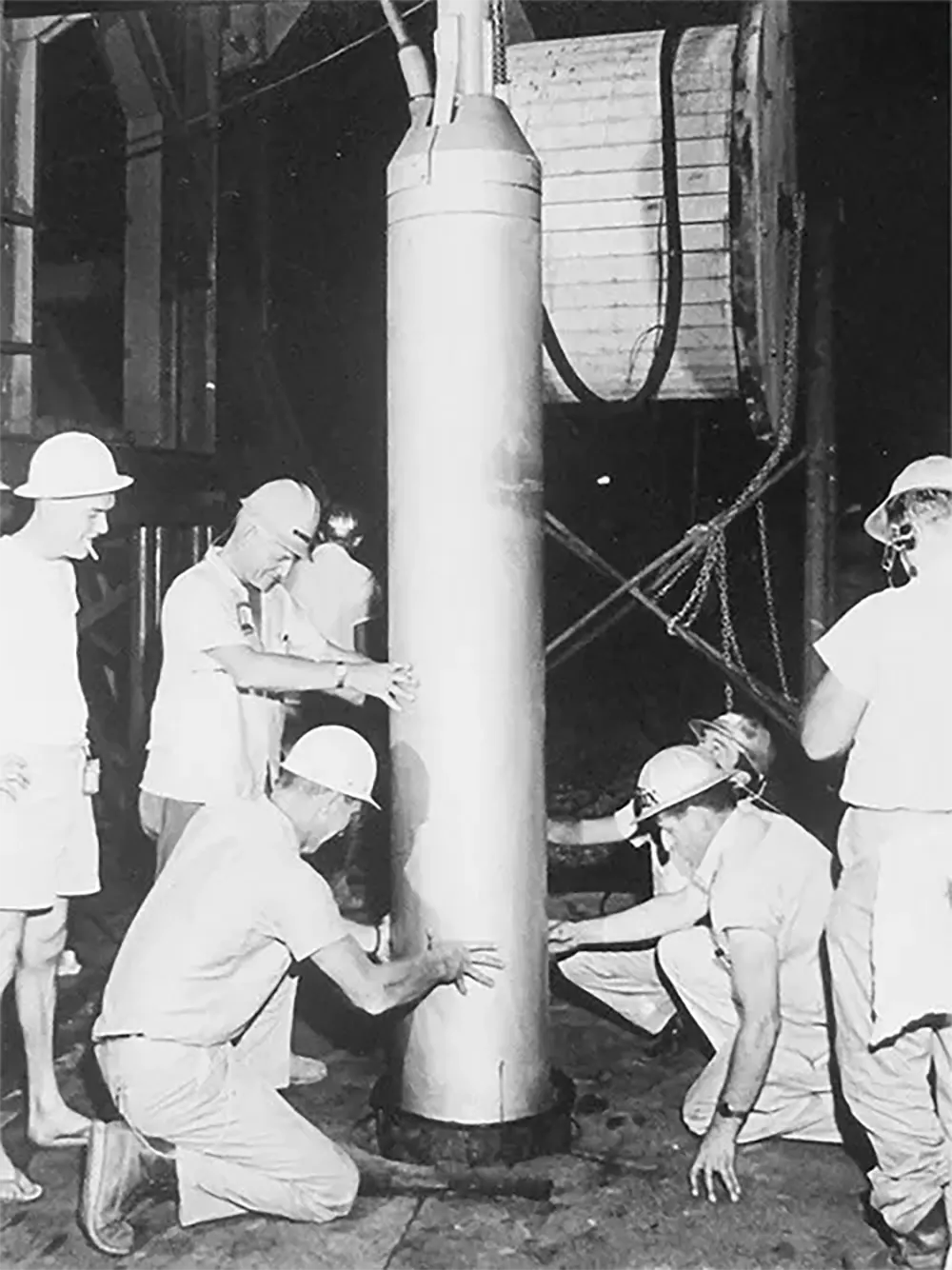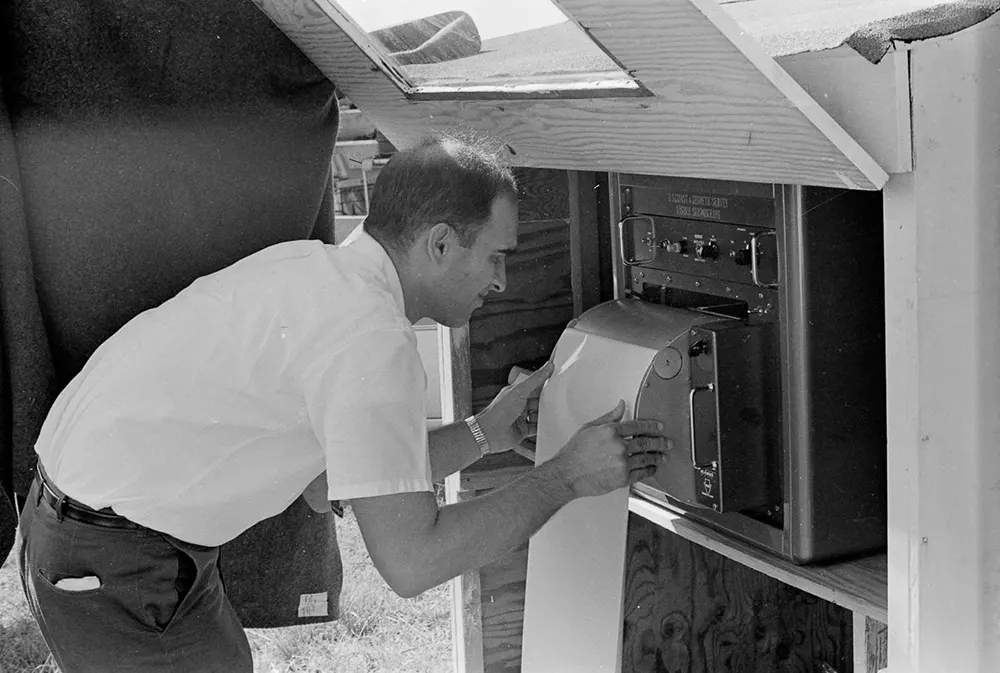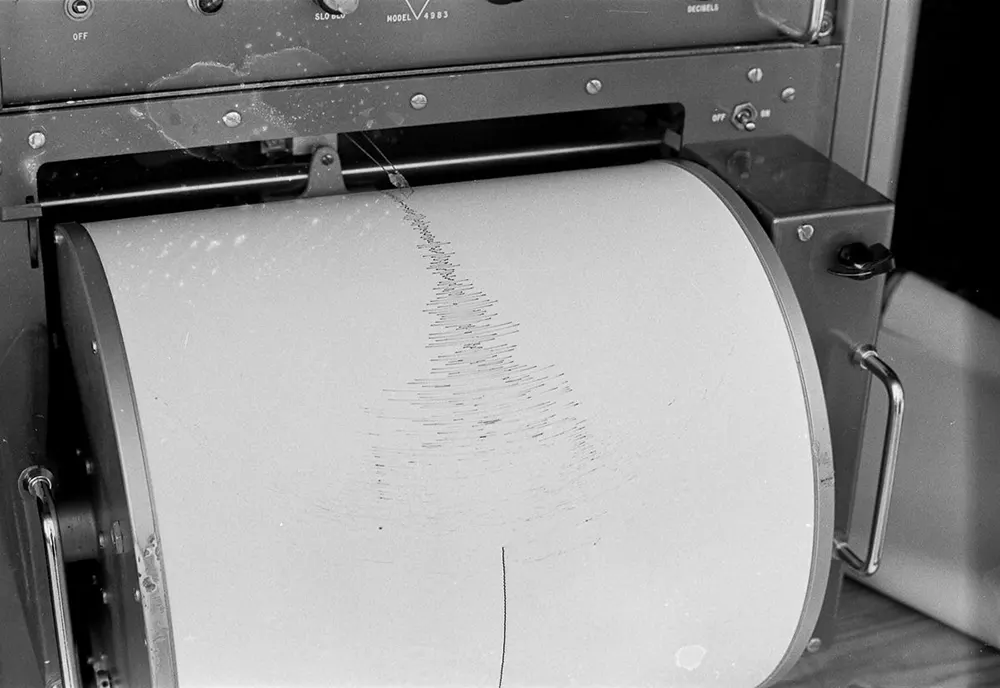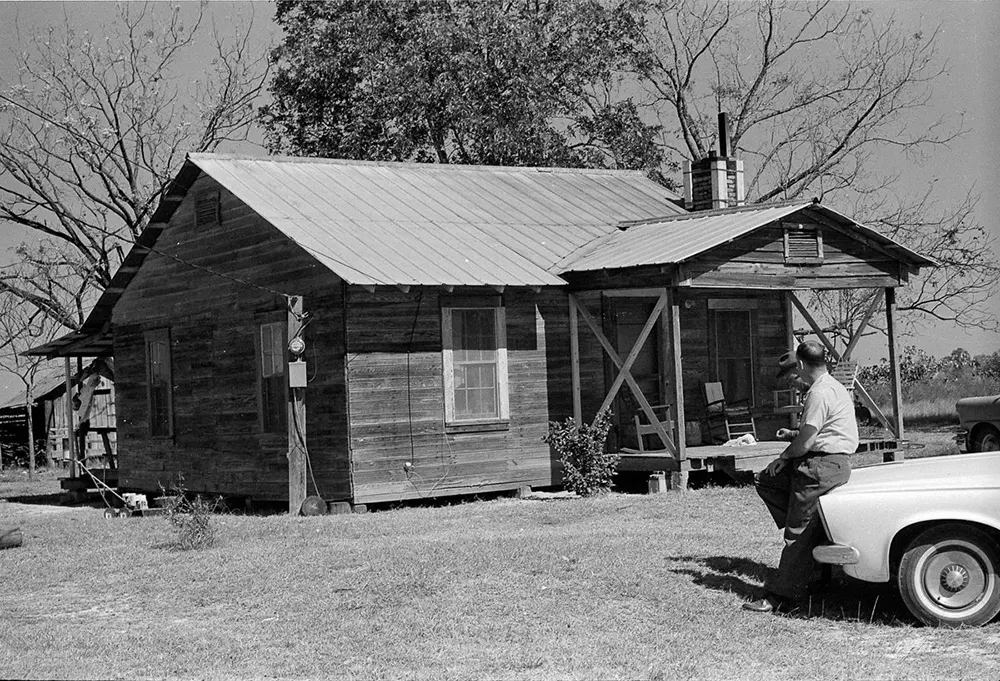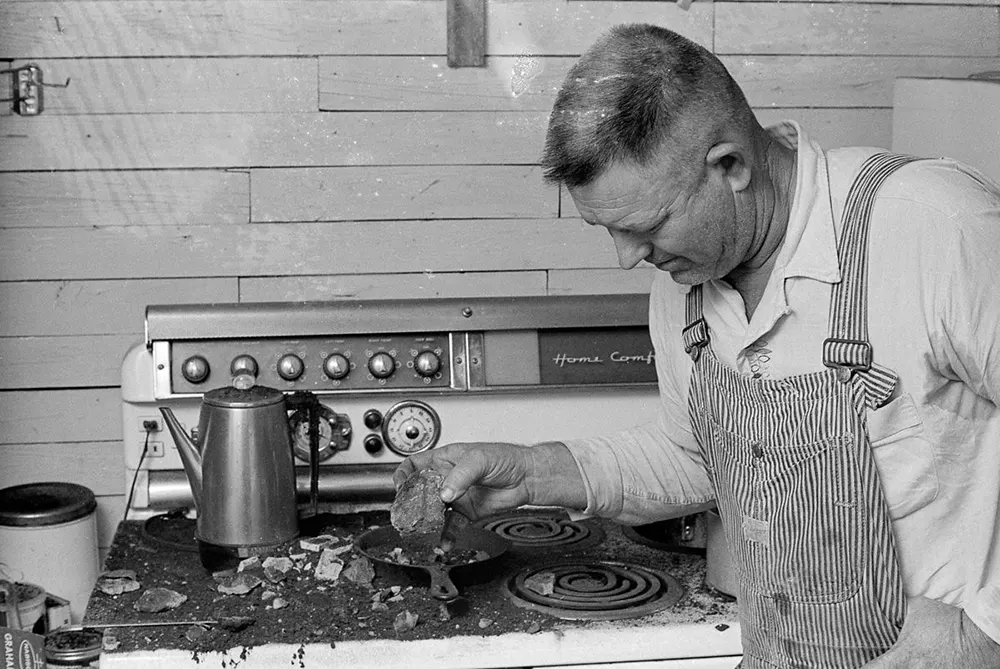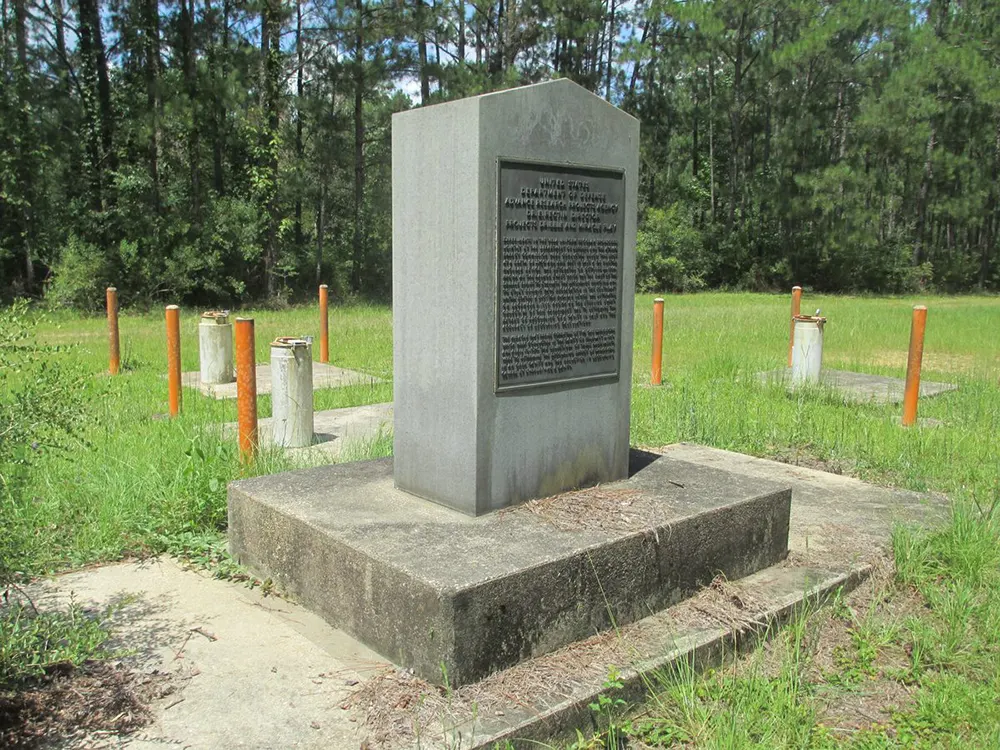The Salmon test on Oct. 22, 1964 and the Sterling test on Dec. 3, 1966, were conducted to help determine whether and how nuclear test yields could be disguised through “decoupling” and how well such blasts could be detected. After nine years of negotiations, the United States, the Soviet Union, and other countries signed the Limited Nuclear Test Ban Treaty (LTBT) in 1963, which prohibited “any nuclear weapon test explosion, or any other nuclear explosion” “in the atmosphere; beyond its limits, including outer space; or under water, including waters or high seas”. The treaty did not address underground testing, because of disagreements and uncertainty over how to verify that nations were not testing weapons underground. In most cases, seismographs could detect underground nuclear tests. The United States wanted to know more about underground testing and how it could be detected and designed Project Dribble, which included the two Mississippi detonations, to investigate the possibility that cheating nations could hide their underground tests in some way. The plan called for two detonations. The first, code-named Project Salmon, would be an explosion 2,700 feet down in solid salt. The second detonation, Project Sterling, would use a smaller bomb in the cavity left behind by the first blast. Scientists hypothesized that the shockwaves of the second detonation would be muffled by the cavity, effectively concealing it from seismographic detection. So in 1964 officials of the Atomic Energy Commission came to Mississippi and began preparing the Tatum Salt Dome site for Project Salmon. A hundred Lamar County residents found work at the site, primarily driving trucks and heavy equipment, or providing food for the project employees. The nuclear test was scheduled for September 22, 1964, but the wind direction was not right until October 22. On that date, about 400 residents were evacuated from the area and were paid $10 per adult and $5 per child for their inconvenience. Most residents later reported that the shock of the explosion was much stronger than they had been led to believe. The editor of the Hattiesburg American, although almost thirty miles away, reported that he felt the newspaper building sway for nearly three minutes. At the test site, creeks ran black with silt-laden water, and by seven days after the blast, more than 400 nearby residents had filed damage claims with the government, reporting that their homes had been damaged or that their water wells had gone dry. Horace Burge lived about two miles from the site of the explosion and returned home to his three-room house to discover considerable damage caused by the blast. The fireplace and chimney were badly damaged, and bricks littered his living room. Broken dishes and jars were all over his kitchen floor, and the shelves fell down inside his refrigerator and broke several glass containers. His electric stove was covered with ash and pieces of concrete. The pipes under his kitchen sink had burst, leading to flooding inside the house. Within days, the United States government began reimbursing local residents for the damage done to their homes. After seismic analysis, the government scientists reported that Project Salmon had been a success, with the bomb delivering the same force as 5,000 tons of TNT. The Project Salmon blast was about one-third as powerful as the bomb that destroyed Hiroshima in 1945. The bomb blasted a void in the salt as predicted, a spherical cavity that was about 110 feet in diameter. The Project Sterling blast, on December 3, 1966, was considerably weaker than the blast two years earlier, as it was intended to be. Instead of the force of 5,000 tons of TNT that Project Salmon had developed, Project Sterling’s bomb had the force of 350 tons of TNT. Observers two miles away from the blast reported they barely felt a bump. Like Project Salmon, Project Sterling was labeled a success. The U.S. government officials reported that Mississippi’s two nuclear blasts, as a part of Project Dribble, helped prove that in fact the seismic effect of a nuclear blast could be greatly reduced if such a blast were set off in a large cave. This suggested it might be possible for a nation to cheat on a future nuclear test ban by hiding a nuclear test. It also helped teach atomic scientists how to detect and measure such hidden blasts. Beginning in the 1990s, Hattiesburg residents and the workers from Projects Dribble and Sterling began to fear that the radiation from these projects caused cancer-related deaths. In 2015, the federal government paid a total of $16.8 million to former workers and contractors who worked on these projects and to “workers who lived in Mississippi but didn’t necessarily work” on these projects. A granite monument surrounded by test wells marks the site of the nuclear bomb tests, in a clearing surrounded by a Mississippi state timber preserve.
(Photo credit: Moncrief Photograph Collection / Mississippi Department of Archives and History / Mississippi History Now / Nuclear Blasts in Mississippi by Stephen Cresswell / Wikimedia Commons). Notify me of new posts by email.
Δ Subscribe


